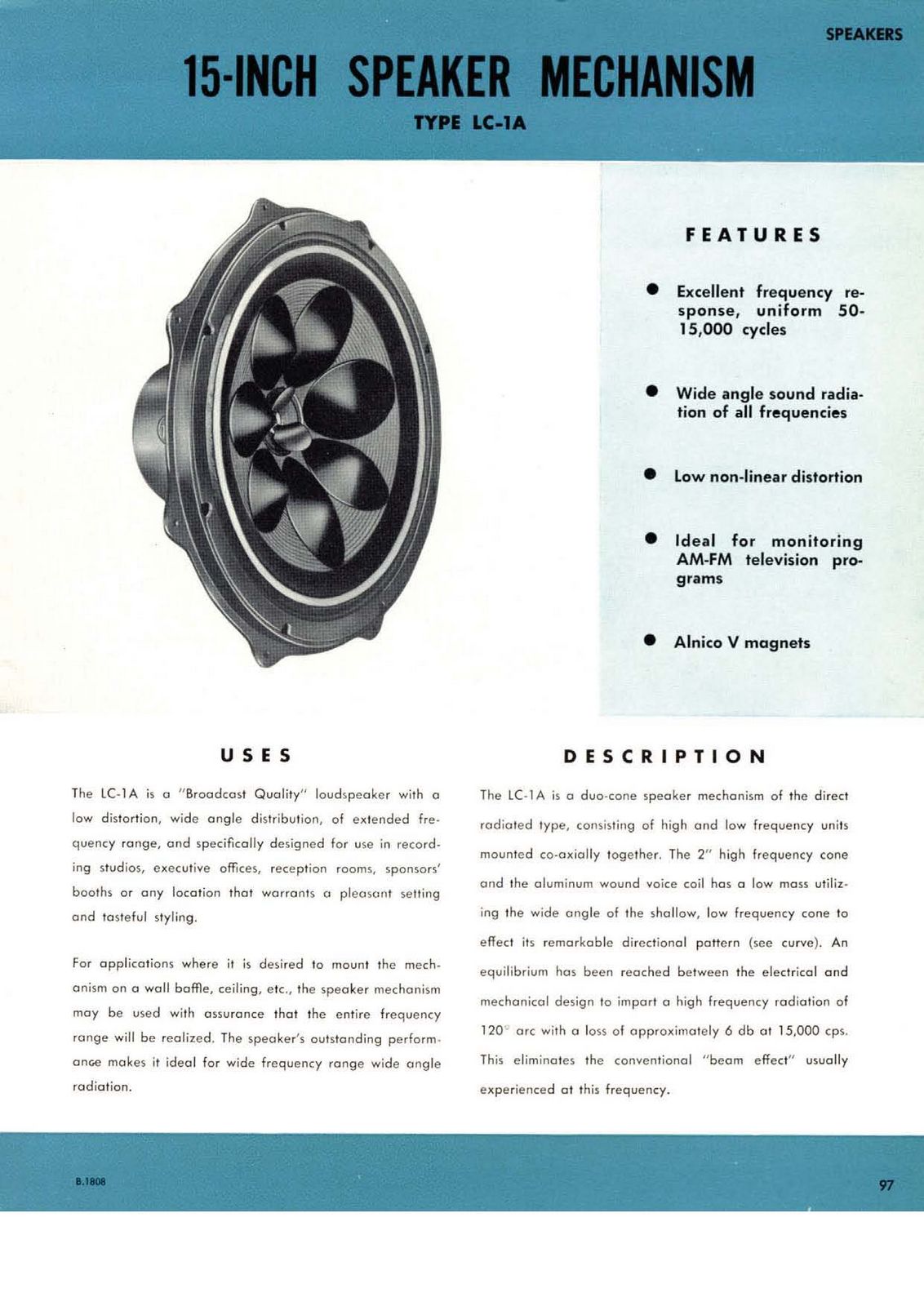For DACs and amplifiers ( Purifi, AHB2, etc.) it is clear a lot of improvement has been made over the past decades. I can see how a lot of active Hifi speakers are pushing limits, but that is also being carried by developments in DSP and class D amplifiers. But what about passive loudspeakers and the drivers themselves?
Currently I have DIY speakers (didn't build them myself) using Scan Speak Revelator drivers. This design in 20 years old, and even though I know it is pretty good (the design was sold to a commercial company so they could make their own version.), I always wonder what 20 years of development has brought us. These speakers cost about 600 euro a piece to build and could be bought pre-build for 1000 a piece or something. If I would spend the same money today, how much better would it be? Have people gotten better at crossovers? Has distortion been lowered? Higher SPL? Better design due to better measurements? I find it hard to find any concrete data on these things. All I know is that off axis response should be smooth...but didn't we already know that decades ago?
Measurements from my speakers can be found here:
http://www.markinton.nl/Scan-Speak Reference Monitor.htm
Should something like the Revel Performa3 M106 or Kef R3 wipe the floor with this? My gut says it is still going to be pretty close...
Currently I have DIY speakers (didn't build them myself) using Scan Speak Revelator drivers. This design in 20 years old, and even though I know it is pretty good (the design was sold to a commercial company so they could make their own version.), I always wonder what 20 years of development has brought us. These speakers cost about 600 euro a piece to build and could be bought pre-build for 1000 a piece or something. If I would spend the same money today, how much better would it be? Have people gotten better at crossovers? Has distortion been lowered? Higher SPL? Better design due to better measurements? I find it hard to find any concrete data on these things. All I know is that off axis response should be smooth...but didn't we already know that decades ago?
Measurements from my speakers can be found here:
http://www.markinton.nl/Scan-Speak Reference Monitor.htm
Should something like the Revel Performa3 M106 or Kef R3 wipe the floor with this? My gut says it is still going to be pretty close...



